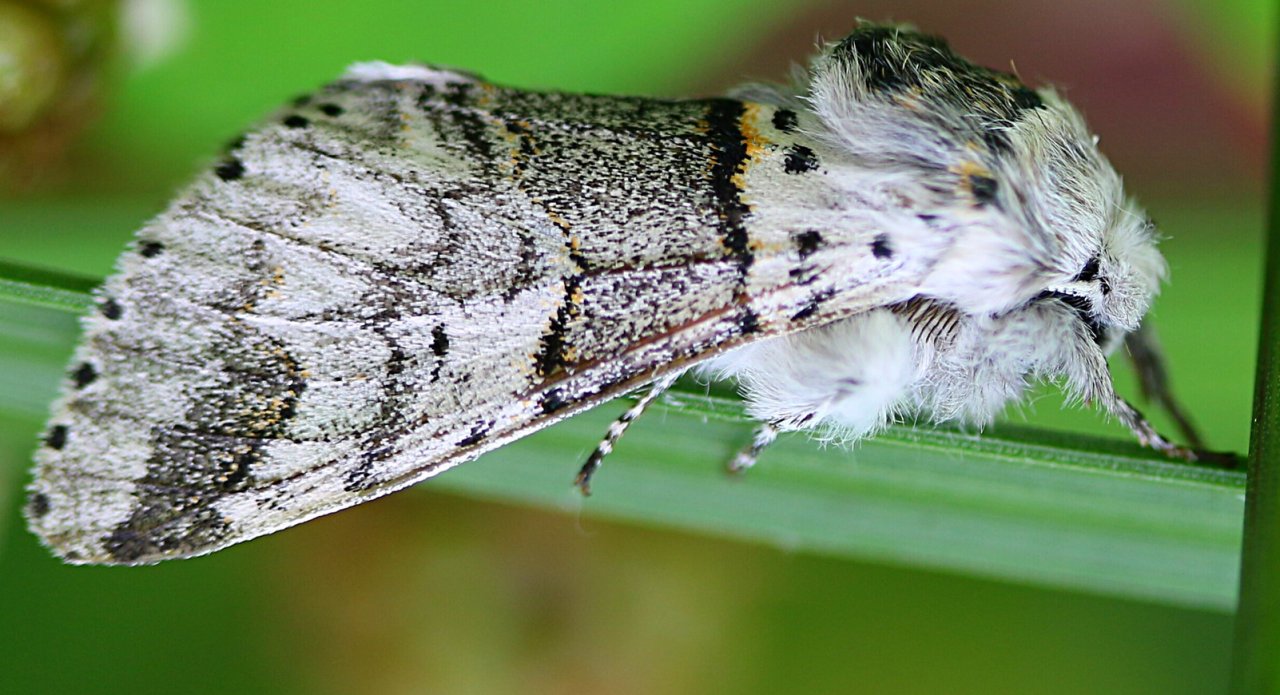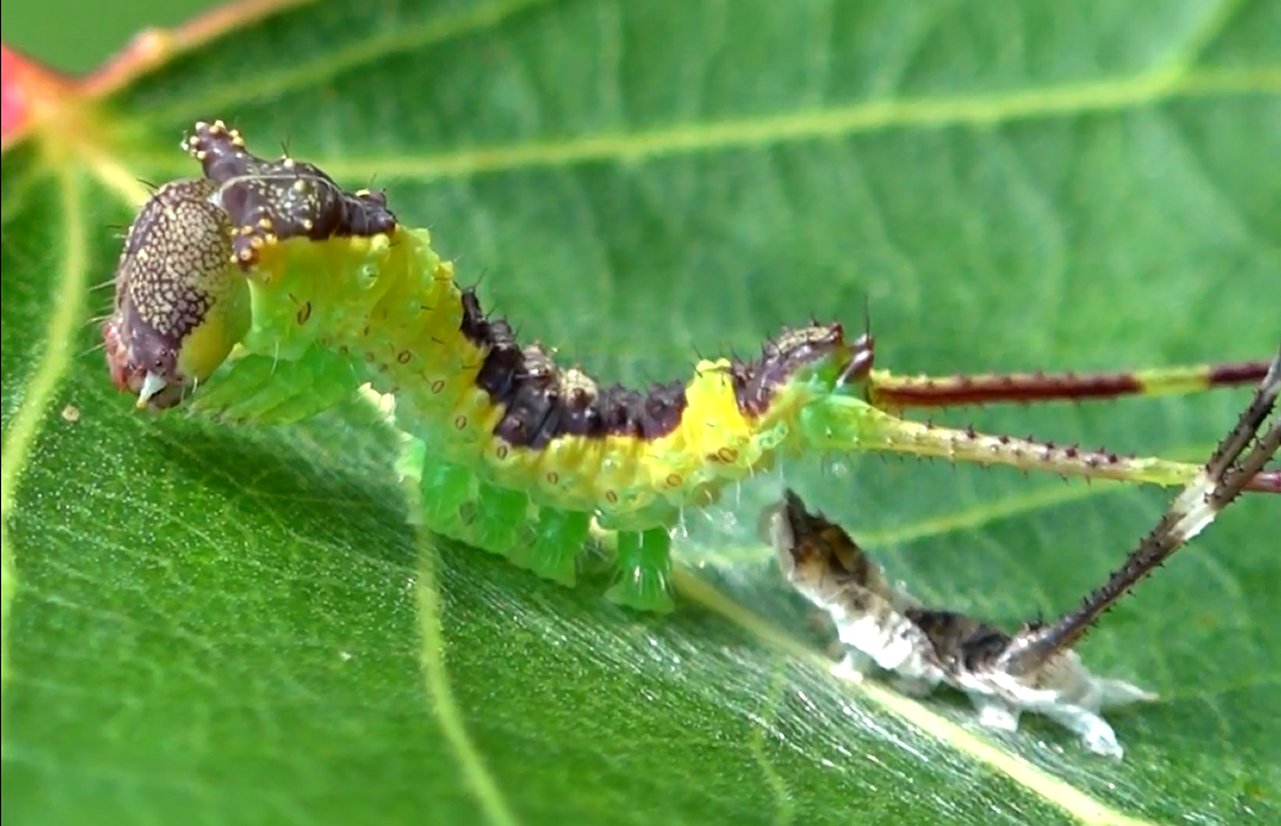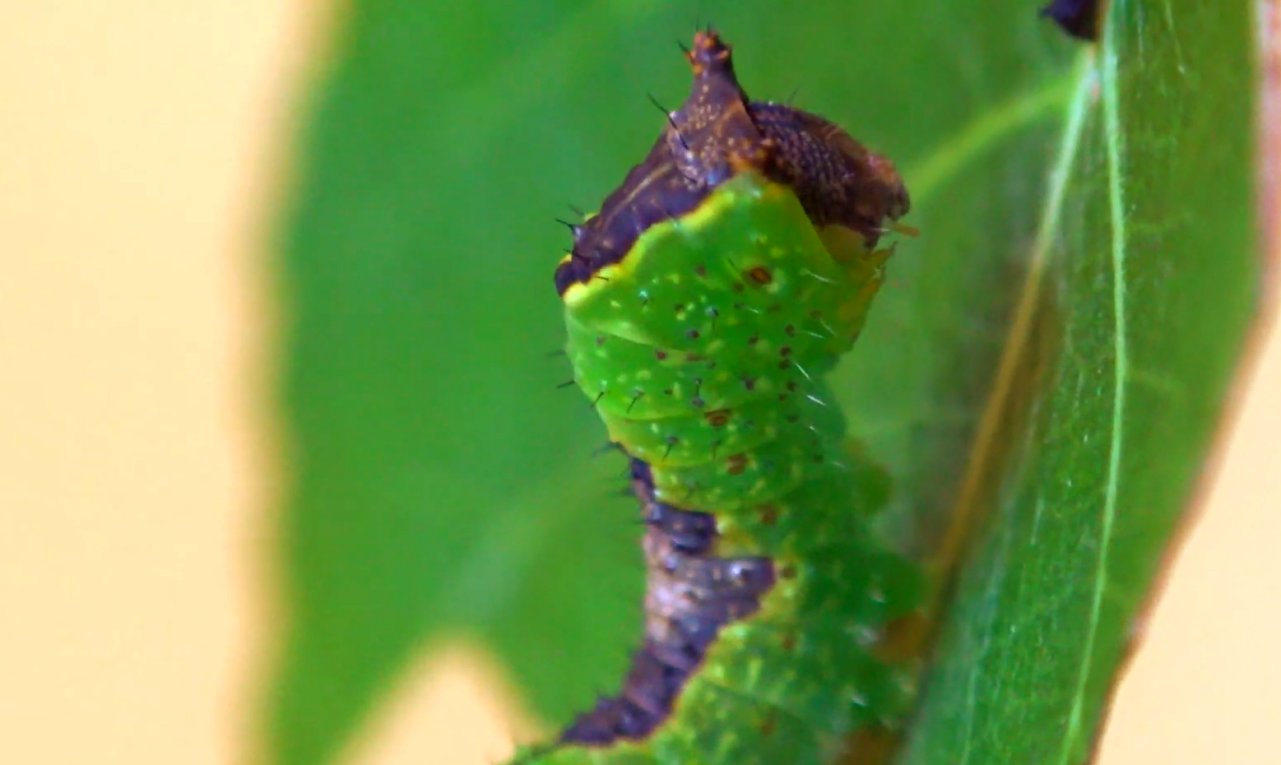Furcula bifida
(Brahm, 1787)
-
 Subfamily: Notodontinae, Dicranurini
Subfamily: Notodontinae, Dicranurini -
 Wingspan: 38-43 mm
Wingspan: 38-43 mm -
 Flight period: Apr - Sep
Flight period: Apr - Sep -
 Spread: Common
Spread: Common -
 Host plants: Populus sp., Betula sp., Salix sp.
Host plants: Populus sp., Betula sp., Salix sp.
Information
The Furcula bifida also called Poplar Kitten is a moth of the Notodontidae family with a wingspan of 38-43 mm.
It is found all over Europe, with the exception of Iceland.
Its range extends to North Africa, and Asia can in fact be found in Mongolia, Kazakhstan and Xinjiang ..
In Italy also present in the islands *.
The front wings of the Furcula bifida are gray, with a large dark gray central band and a shade of the same color towards
the wing tips. The band is internally bordered by an almost straight black line and externally by a curved line; the third line is double and curved
towards the costa, forming the inner edge of the gray cloud, the lower part is wavy. The first line is inwardly black,
and the second externally surrounded by ocher. The hind wings are white with brown spots along the margin.
It differs from Furcula furcula in the generally larger dimensions, but more particularly in the shape of the black line that forms
the outer margin of the central band; this forms a sharp curve while in the Furcula furcula it is always more or less angled or
toothed towards the anterior margin of the wings.
The hind wings are whitish with discal spot and dark spots along the edge. Darker veins, and a barely hinted band in the post discal region more intense in the anal area.
Head thorax and abdomen whitish / gray in all there is intense hair.
The Furcula bifida flies at night and is attracted to artificial light, the male generally more than the female.
The species overwinters as a pupa in a cocoon on the trunk of its food plant.
The Furcula bifida has one or two generations from April to September depending on the latitude. ***
It overwinters at the pupa stage.
The eggs are hemispherical of black color, they are deposited individually on twigs or leaves of the host plant. **
The caterpillar of light green color with brown upper part of the head, same color as a rhomboid spot
dorsal and near the last segment, it has the last pair of pseudo-legs modified into two long "tails". **
The chrysalis is brown / brown in color. It is found inside a silky cocoon covered with plant residues, attached and well camouflaged to the branches of the host plant. **
The host plants of this moth are: Populus tremula, Populus occasionally of Salix sp. and betula sp .. ****, *****
* Lepidoptera mundi https://lepidoptera.eu/ - Fauna Europea https://fauna-eu.org/
** Bestimmungshilfe für die in Europa nachgewiesenen Schmetterlingsarten - http://lepiforum.de/
*** Roland Robineau, Guide de papillons nocturne de France, Delachaux et Niestlé, 2011 p. 90
**** Robinson, Gaden S.; Ackery, Phillip R.; Kitching, Ian J.; Beccaloni, George W.; Hernández, Luis M. (2010).
"Search the database - introduction and help". HOSTS - A Database of the World's Lepidopteran Hostplants. Natural History Museum, London.
***** Moths and Butterflies of Europe and North Africa - https://leps.it/




 EN
EN ITA
ITA
Social and publications